Daniel Gayne spoke to ALICE technologies boss René Morkos about his background in engineering, living and working in war-torn Lebanon and post-invasion Afghanistan and his ambition for his AI software
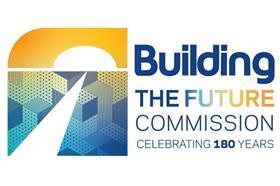
“If anybody ever points a gun at you, the thing you want to do is put your hands up and smile profusely,” says René Morkos, putting his hands up and smiling profusely. Thus begins one of the livelier anecdotes I have heard in my time writing about construction.
Though we talk for little more than an hour, Morkos takes us across continents, with each successive step of his life rendered in vivid three dimensions, despite the flat, deadening environment of Zoom-space.
Born in communist Czechoslovakia, raised in war-torn Lebanon, hardened in post-invasion Afghanistan, the civil engineer-turned-tech founder’s biography is more colourful than your typical construction man.
He is a good storyteller, with good stories to tell. But the tale he really wants to tell today has been told many times before by others and rarely believed: a story about how a small company will revolutionise the way an industry does business. In Morkos’ telling, the protagonist is a piece of software called Alice.
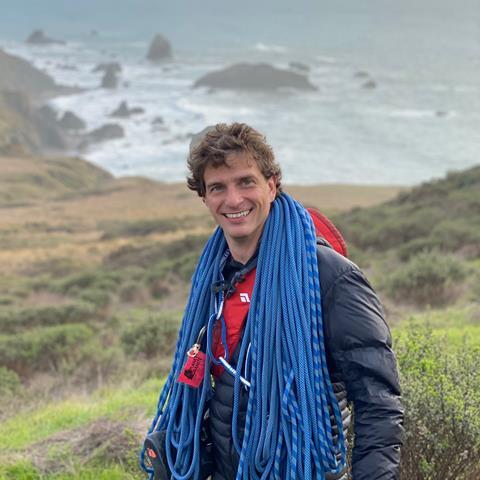
Morkos’ parents met in what was then Czechoslovakia, where his Lebanese father was studying civil engineering. They fled communism only to find themselves in the midst of a civil war in Beirut.
“We got the living daylights bombed out of us for the first five years of my life,” he recalls of his early years. The family ended up in the United Arab Emirates, but Morkos returned to Lebanon after graduating from high school.
Not one for being told what to do, he ignored his father’s advice not to follow in his footsteps, signing up for a civil and environmental engineering course at the American University of Beirut. There, he quickly grew tired of what he saw as a stale academic approach, cutting class to volunteer on construction projects.
“My trick was pretty simple,” says Morkos. “I would go to construction sites, knock on their doors and ask, hey, do you guys want any extra labour? And they’d be like ‘hell no’. Then I’d say, well, what if I work for free…”. By the time of his graduation, he had worked on an underwater pipeline and a $60m university project.
Then came Afghanistan. The 2001 invasion and occupation by American and allied forces ended half a decade of Taliban rule, opening the door for reconstruction. For Morkos, who had witnessed the depravities of conflict first-hand, it was an appealing challenge.
“In a warzone, when there is so much destructive energy around you, there is something really appealing about being part of the solution, of the reconstruction,” he says.
It was, by most measures, a tough gig. After decades of war with the Soviet Union and rule by fundamentalist Islamists, the country was not well-stocked with highly qualified civil engineers, and not all foreigners had Morkos’ derring-do. It was, after all, an unstable country, a country still at war with itself, with plenty of locals keen to blow up what he was trying to build.
“I had guys drive up to my construction sites in pick-up trucks with machine guns – then you really know who’s the boss. I have had guys walk into my office with guns, wanting more money,” Morkos says calmly.
The incongruously breezy slogan of the construction company he was working for captures the mix of gallows humour and grim resolve that defined the work: “Take it easy, we will build it again”.

From a construction perspective, working in Afghanistan gave Morkos opportunities and a breadth of responsibilities that would have been unthinkable elsewhere in the world. On some jobs, he says, he would essentially be serving as chief architect, chief engineer and head of construction.
“That’s super rare,” he says. “They just dropped 140 people on me and said, ‘go build stuff’ – I was really just out of my depth”. What he got from this rare experience though, was a glimpse of what it is like to be “the whole engine”.
He gives an illustrative example of a typical day at the office in Afghanistan. Morkos arrives and is told there is no power:
“ Well, turn on the generator,” he says.
“Well, we can’t it’s broken,” his foreman responds.
“Why is it broken?”
“Well, the diesel is bad.”
“Why is the diesel bad?”
“It’s got water in it.”
“Well, get other diesel.” “
We can’t.”
After a few minutes of carrying on like this, Morkos finally breaks: “What, do you think I’m stupid? Are you literally telling me that there’s no diesel in this entire country we can buy that doesn’t have water in it”.
At this point, the foreman gives Morkos the “oh, you stupid white guy” look, and he realises that they really cannot get diesel. So, he spends the night designing a diesel station for his foreman to build from scratch in the morning.
“What I’m trying to explain is that you really get to see how construction projects come together from design to engineering and construction,” he tells me. “There were just a lot of very complicated interwoven systems that you had to deal with on a day-to-day basis and there’s no supply chain.
“It gave me a very clear idea of how buildings come together, but it also got me to start thinking about how they should come together without being tainted by the way that it’s done today.”
The heavy burden and constant threat eventually began to take their toll on Morkos. “I learnt two things in Afghanistan – I really don’t want to die, and I am really going to,” he says. But he also learnt a third lesson about how important civil engineering is, how life or death the stakes can be – a lesson that is too often forgotten in developed countries.
“By building those environments you really get why civil engineering is such an important part of our species’ history,” he says. “If you look at cholera in Chicago, the rates were 100,000. They built proper sewer systems, and it drops to under 10 within a few weeks.”
Leaving Kabul, he decided he wanted to contribute something to the progress of the field and began studying for a PhD as a Charles H Leavell fellow at Stanford University. Initially, he set himself the relatively simple task of improving space utilisation on construction sites, which his research suggested was astonishingly low, with just 3% of site space being active at any one time.
In order to optimise space, he had to know what work was going on in each area of a site at a particular time, which involved feeding data on project schedules into the algorithm he was building. He began with a simple task, running data from a tiny job reconstructing the interiors of an accessory shop in Schiphol airport.
When his advisor told him to validate the algorithm’s output with the project manager in the Netherlands, Morkos called and offered a week of consulting to the firm for the price of a plane ticket.
The project manager told him that, apart from a few flaws stemming from input errors, the schedule that the algorithm had created was billable. It was at this moment that Morkos realised that what he had in his hands had the potential to do more than just optimise space usage – with development it could simulate and improve the entire building process.
“It hit me like a brick. I jumped back on a plane, hopped across the pond, sipped on a Heineken and realised, ‘holy cow, this algorithm can build shit’,” he recalls. “I literally felt like Frankenstein, making this thing alive.”
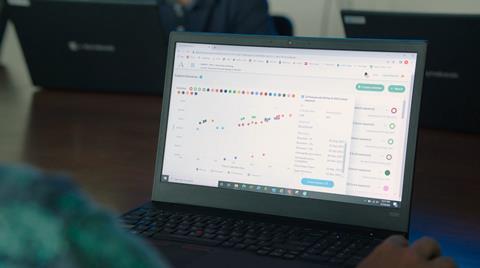
From here, Morkos’ research would lead to the creation of ALICE, a piece of AI software that he says will do for the build process what BIM did for design. The process begins by importing a BIM model of the planned project into ALICE, before adding information relating to labour, materials, equipment and construction materials.
This information is used to build a “recipe” – essentially a list of core tasks to deliver the build – which ALICE analyses before creating multiple scheduling options.
Under the critical path method that most of construction currently uses, project tasks are listed and manually linked, with project managers using their expertise to optimise resources use. “It’s kind of nuts,” says Morkos. “If something changes, you have to go back through these thousand tasks and delete and re-draw these arrows”.
ALICE, by contrast, is a parametric system, meaning a change to one input – another crane, an additional crew – will ripple through the system, rescheduling the project in real time.
This can help to save time and money by allowing contractors to figure out the best scheduling and resource allocation from the beginning of a project, but it could also help rescue flailing jobs which have had their scopes or budgets changed.
Take this example: a customer digging tunnels for a subway system wanted a more efficient method in order to meet their early delivery bonus. They were considering adding a second tunnel boring machine (TBM), which can cost £1m a day to rent and run, but ALICE said this option would not be cost-effective.
The software found that, given the small number of exits from which earth could be removed, the earth removal process could not keep up if the contractor added a second machine. So the company used one TBM, avoiding bottlenecks during the excavating phase and saving a substantial amount on equipment rental and operation.
Morkos won $20,000 to develop his idea from Stanford’s prestigious BASES start-up competition and, after finishing his PhD in December 2024, he started working fully on the company. In its early days, the company raised a few hundred thousand pounds in seed funding each year, but Morkos says that, in Silicon Valley terms, this was pocket change.
“Nobody wanted to touch construction,” he says, adding that “these days everyone raises seed rounds of between $2m and $4m”. In these lean years, Morkos says he was the lowest-paid person at the company, paying himself $70,000 a year (£56,000), a salary which does not stretch far in California’s Bay Area.
“It was not even enough to live with room-mates and have a second-hand shitty car,” he says of the period. Eventually, though, Morkos’ persistence began to pay off, with the help of a few contracts that, he admits, were generously given at the time.
“We didn’t have shit that was worth anything, but they were like ‘go play’,” he says of a $12m parking contract that ALICE was given work on. Today, ALICE’s list of clients – Parsons, Bouygues, Austin Bridges and Roads and Skanska – suggests that the company’s shit is worth more than a little something.
Last June, it raised $30m in a Series B funding round, which will help to fuel hiring and product development. In the UK, it has been used by the Align joint venture on the C1 section of HS2.
How ALICE is helping speed up work on HS2
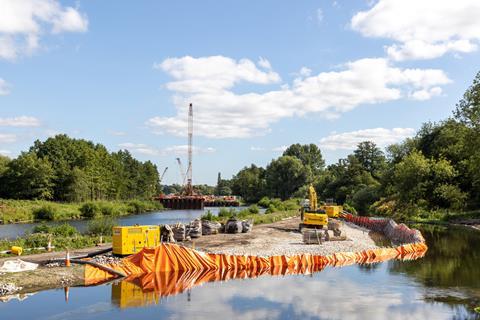
ALICE was first brought in to work on HS2 by Align, a join venture of Bouygues, Sir Robert McAlpine and Volker Fitzpatrick which is delivering the C1 section of HS2. It was initially tasked with pressure testing Align’s existing construction schedule for the Colne Valley Viaduct, a 3.4km piece of infrastructure that will carry trains at speeds of up to 200mph.
ALICE determined that adding a second piling team part-way through the project would be particularly helpful. The partnership claims ALICE helped deliver four months’ worth of savings on the finished works.
In October 2022, Align JV + ALICE were awarded the Industry Innovation Champion prize at the British Construction Industry Awards and Align is now set to use the technology elsewhere on the job, including optimising work to reduce carbon emissions. JV partner Bouygues subsequently invested in ALICE, contributing to the most recent Series B funding round.
Meanwhile, ALICE has been appointed by the joint venture team delivering the London tunnels contract for the scheme. The area east team within SCS – Skanska, Costain and Strabag’s joint venture – is responsible for the Euston section of the project, the compact site where HS2 emerges from its tunnels.
ALICE was asked to help the team determine whether shafts could be sunk earlier than initially planned, with the result of achieving a claimed nine-month reduction in programme time. SCS subsequently examined how they could further push their schedule and found an additional three-month reduction.
Clearly, ALICE has some early successes, but the revolutionary potential that Morkos claims it possesses has yet to be proven. After all, this is not the first time somebody has promised to overhaul the construction sector with digital technology. What is different this time?
Morkos’ answer is surprisingly simple. “I think that the reason that construction is the second-least digitised industry in the world is not because we’re dumb and lazy,” he says. “It is actually because the problems we solve are bigger, harder and more complex than the problems that are solved in other fields.
“If you take a look at the digitisation history of industries, you’ll notice that one of the first things to get digitised is finance. Think about it: how hard is it to digitise numbers in an account? I’m not saying it was easy, but compare that to digitising design.”
He gives the example of a $50m gas refinery he once worked on in Abu Dhabi. “You have got 6,000 people on that construction site that need instructions every single day. If you’ve got a schedule of 20,000 tasks that has four to five constraints each, that’s about 100,000 variables across 700 days… so you are starting to get the size of the problem”.
What changed, Morkos argues, was the brute fact of computing power. Around 2015, he says, it became possible and viable to process problems of such complexity and in the years that followed, venture capital began to see the untapped opportunity.
The other factor is Morkos himself, and his determination to get the thing into the world. “I’ve put 42,000 hours of my life into ALICE,” he says. “I used to clock 20-hour days.”
Join us for the Building the Future Commission Conference on 27 September - buy your tickets here
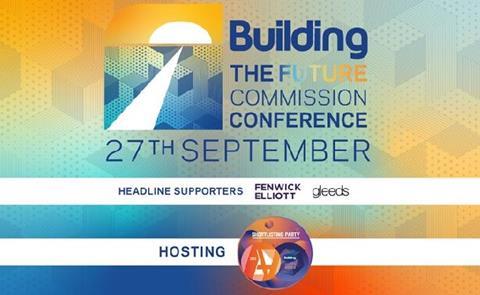
Join the Building the Future Commission Conference in Westminster on 27 September to hear from leading figures across the construction industry and find out more about the work of the commission.
The day will include panel debates on net zero, digital transformation and building safety as well as talks from high-profile keynote speakers on future trends and ideas that could transform the sector.
There will also be the chance to feed in your ideas to the commission and to network with other industry professionals keen to share knowledge.
About the commission
The Building the Future Commission is a 12-month project looking at radical and challenging ideas that could help transform the built environment.
The campaign aims to tap into innovative ideas, amplify them and be an agent for change.
The major project’s work will be guided by a panel of major figures who have signed up to help shape the commission’s work culminating in a report published at the end of the year.
The commissioners include figures from the world of contracting, housing development, architecture, policy-making, skills, design, place-making, infrastructure, consultancy and legal. See the full list here.
The project is looking at proposals for change in eight areas:
- Education and skills
- Housing and planning
- Energy and net zero
- Infrastructure
- Building safety
- Project delivery and digital
- Workplace culture and leadership
- Creating communities
>> Editor’s view: And now for something completely positive - our Building the Future Commission
>> Click here for more about the project and the commissioners
Building the Future is also undertaking a countrywide tour of roundtable discussions with experts around the regions as part of a consultation programme in partnership with the regional arms of industry body Constructing Excellence. There is also a young person’s advisory panel.

d


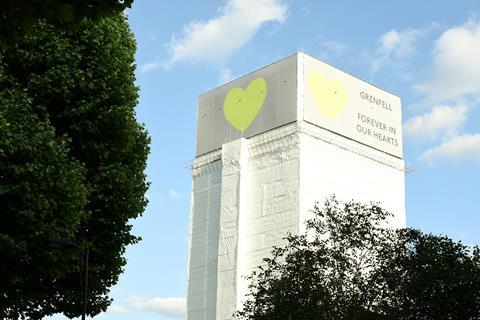

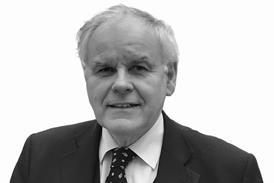
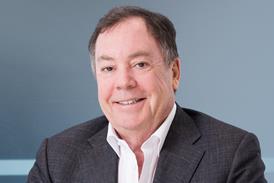

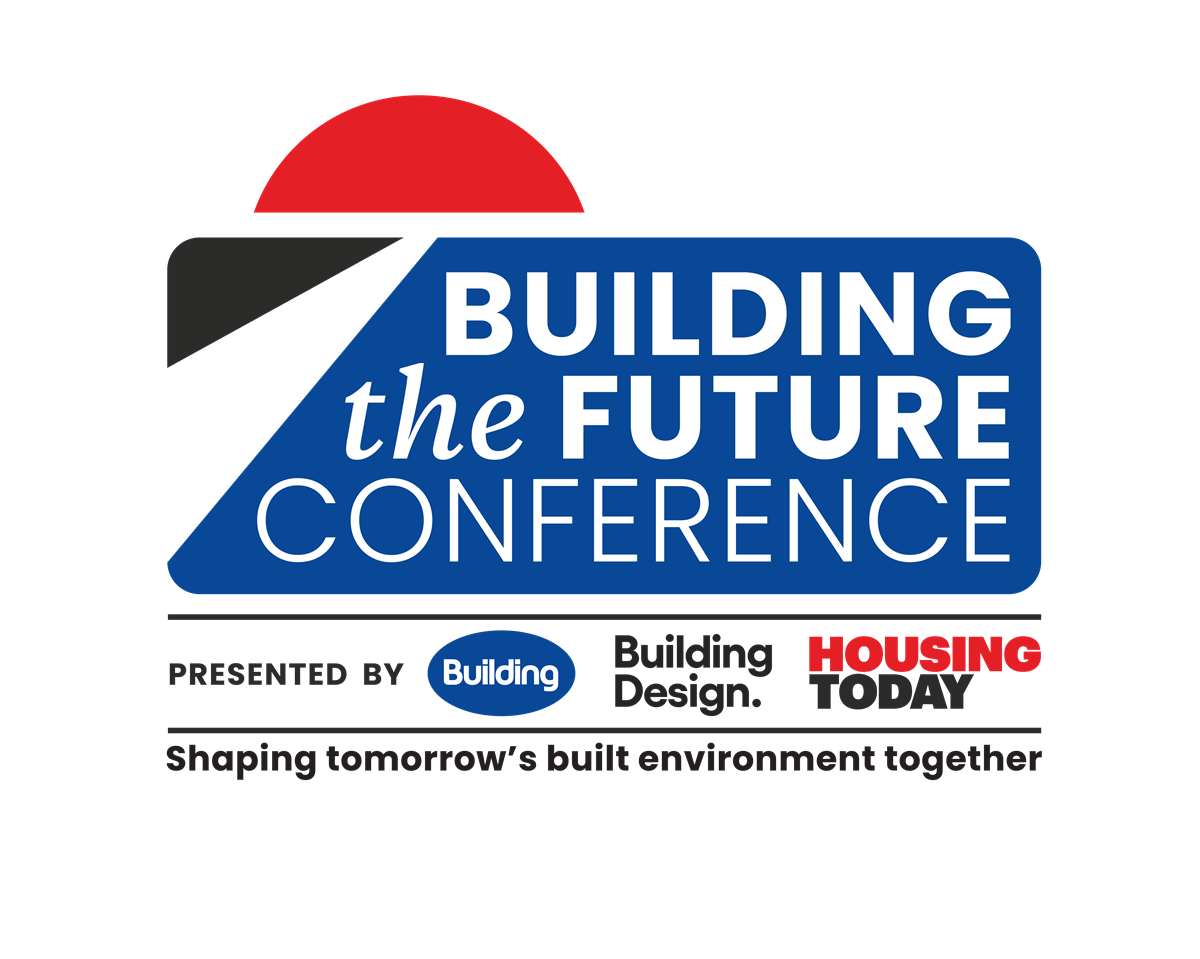
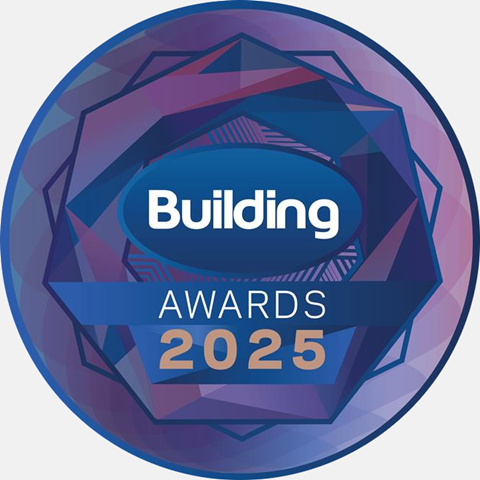
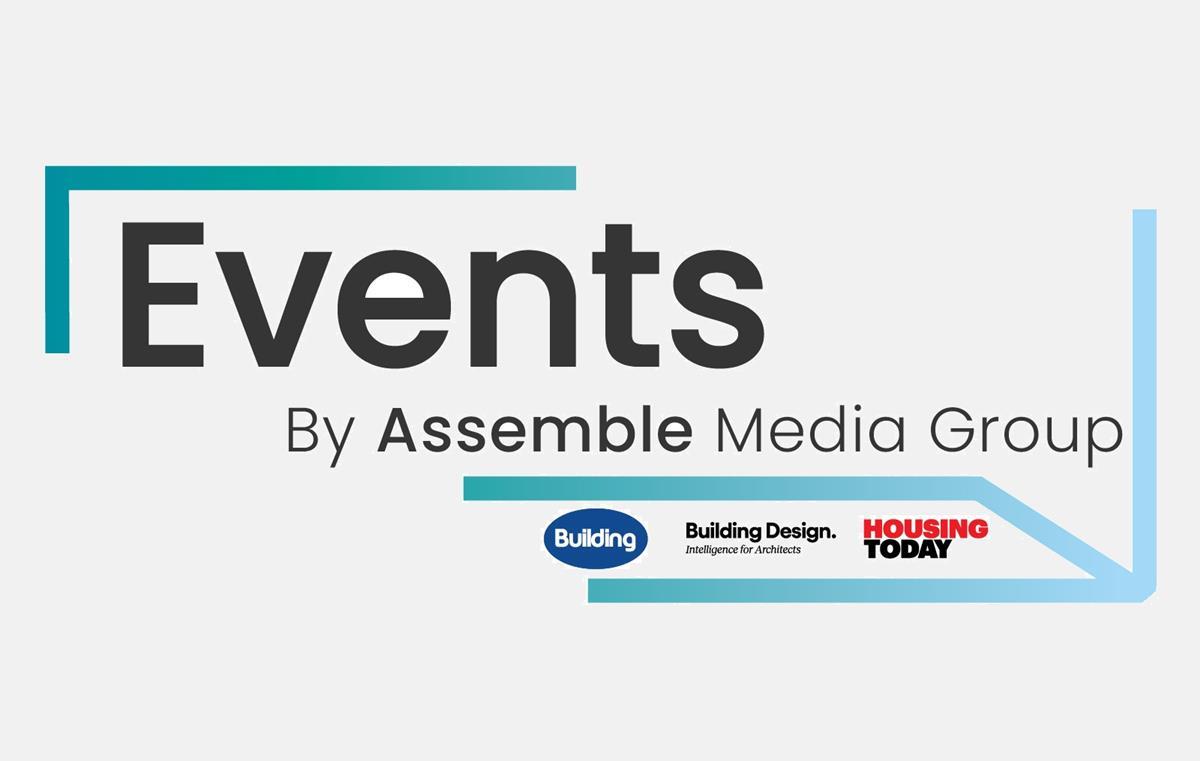


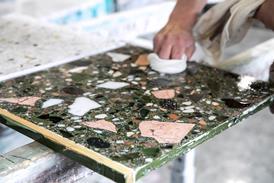

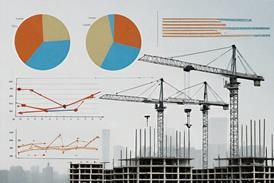




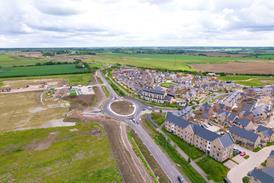







No comments yet